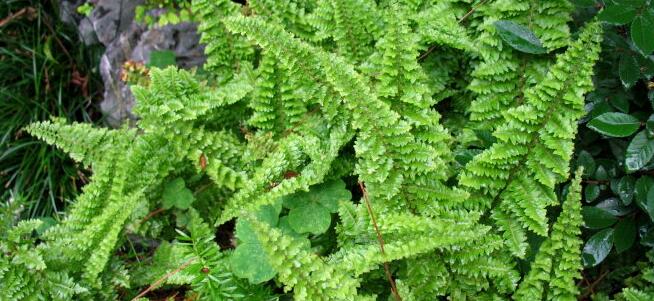Matters needing attention in the cultivation of buttercup
Buttercup is a kind of flower with high ornamental value, which is widely used in major cities in China, and it is a very common flower in many families. And many people in our country are planting buttercup on a large scale, but buttercup is not so easy to grow. There are a lot of things we need to pay attention to when planting buttercup. The following editor brings you some notes on the planting of buttercup, let's have a look!

1. Lighting management
Buttercup has little demand for light, the ability to withstand strong light is relatively weak, and likes to grow in a half-yin and half-yang environment. However, in winter, because the temperature is relatively low, it is necessary to ensure that there is enough light. Then after spring, as the temperature rises and the lighting time increases, shading and ventilation should be done properly. And buttercup is a kind of long-day plant, if the light is satisfied, it can promote the flower bud differentiation of buttercup. Can advance flowering, promote the formation of bulbs, short sunshine, although the flowering time is prolonged, but can promote the regeneration of lateral buds, expand the Corolla, improve the ornamental value. Therefore, we should reasonably control the light time and intensity according to the actual situation.
2. Control moisture
Although buttercup likes water, it is very afraid of waterlogging, but it should not let the soil be too dry and lack of water, especially in the middle and later stages of growth. If the soil is seriously short of water, it will cause the buttercup to enter dormancy ahead of time, resulting in a decline in the quality of the bulb, which is not conducive to the later growth. Therefore, we should strictly control the moisture after planting, pour enough water after planting, and then pay attention to observe the soil moisture, timely watering, watering reasonable balance. The soil should not be too dry and wet, and the best degree is that the surface of the soil is dry after watering, and the leaves of buttercup grow well.
3. Timely fertilization
Buttercup has a large demand for nutrition, we should apply sufficient base fertilizer before planting, the base fertilizer is mainly rotten farm manure, sprinkle it on the soil comprehensively and evenly, and mix it with the soil evenly. When the planting is successful, the growth of seedlings is observed, and topdressing is applied in time when the plant grows new leaves. Pay attention to the amount and types of fertilizer to avoid fertilizer damage on the premise of meeting the nutritional needs of buttercup. Urea is the main fertilizer in the early stage of growth, and nitrogen, phosphorus and potassium are the main fertilizers in the later stage, about once a week. After flowering, liquid potash fertilizer was applied once to promote bulb expansion.
4. Temperature adjustment
Buttercup likes to grow in a cool environment. We should control the temperature at about 17-18 degrees during the day and reduce it by about 10 degrees at night. The temperature difference between day and night should not be too large to avoid affecting the growth of buttercup and the quantity and quality of its flowers. If it is planted in a greenhouse, the temperature should not exceed 22 degrees during the growth process, and the lowest temperature should be kept above zero. After entering the winter, it is necessary to cover reasonably and do a good job of heat preservation. After planting, the temperature can be adjusted after the heart leaves of the plant begin to grow.
The above is a brief introduction to the matters needing attention in the cultivation of buttercup, although the cultivation of buttercup is relatively simple. However, if you want to improve the ornamental value and plant quality, then we must do a good job in these management work in the planting process to ensure the normal growth of buttercup. That's all for today's introduction. This article is for reference only. Thank you for your reading and support.
- Prev

What about the yellowing of Boston fern leaves? how to prevent it?
Boston fern is a kind of perennial evergreen fern native to the tropics and subtropics, which is most suitable for pot culture and hanging indoors. What if the leaves of Boston fern turn yellow? Let's take a look at it with the editor.
- Next

Cultivation techniques of catechu
Cultivation techniques of catechu
Related
- Fuxing push coffee new agricultural production and marketing class: lack of small-scale processing plants
- Jujube rice field leisure farm deep ploughing Yilan for five years to create a space for organic food and play
- Nongyu Farm-A trial of organic papaya for brave women with advanced technology
- Four points for attention in the prevention and control of diseases and insect pests of edible fungi
- How to add nutrient solution to Edible Fungi
- Is there any good way to control edible fungus mites?
- Open Inoculation Technology of Edible Fungi
- Is there any clever way to use fertilizer for edible fungus in winter?
- What agents are used to kill the pathogens of edible fungi in the mushroom shed?
- Rapid drying of Edible Fungi

